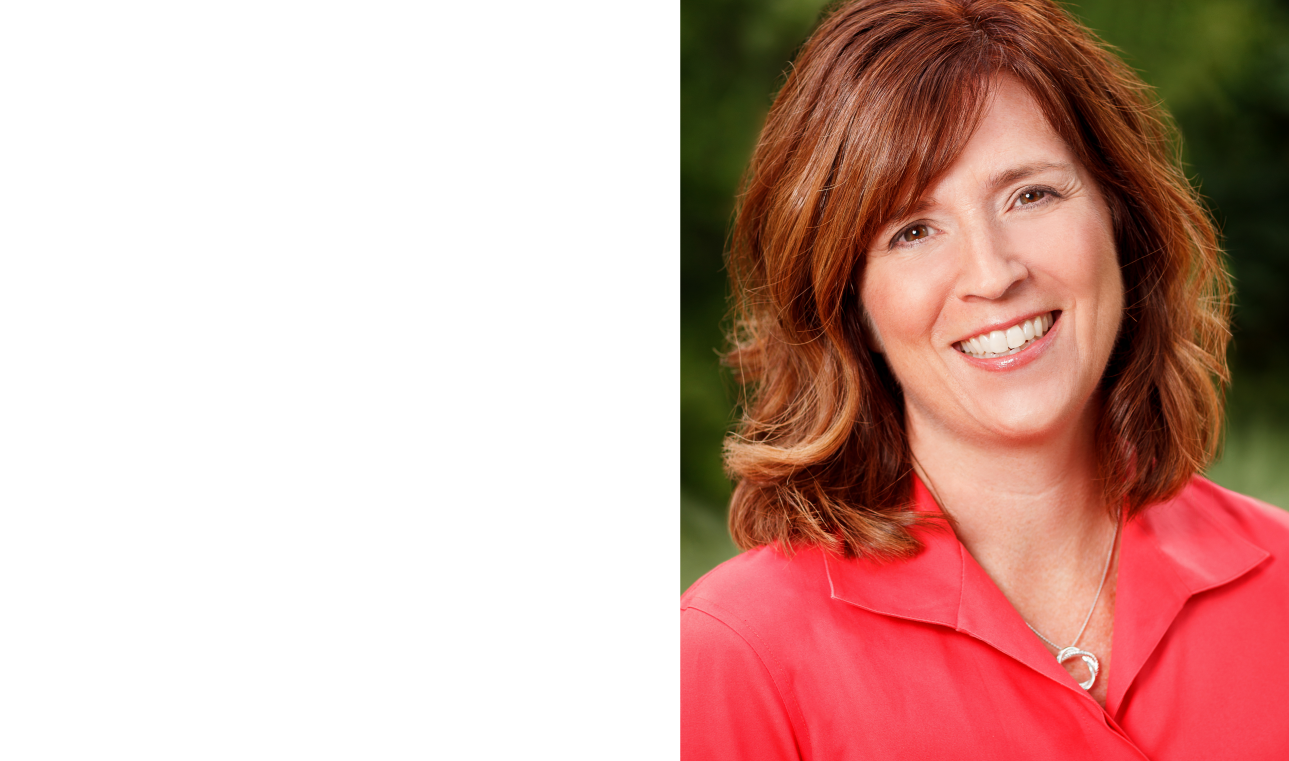The U.S. has watched in horror as three major storms—Harvey, Jose, and Irma—have devastated large populations within and just outside of our borders. One after another, these storms have demolished houses, wrecked cars, and have left thousands of people displaced and sometimes jobless.
Economic experts predict that damage from Hurricane Harvey could impact the economy to the tune of $90 billion or more and that Irma could have a whopping $300 billion effect. On a personal level, the populations of the affected areas are struggling to figure out what to do with their waterlogged homes and cars, and some people (such as airport workers in Houston or citrus farmers in south Florida) are having to cope with the fact that their jobs—their livelihoods—were destroyed by the storms.
How is it possible to financially prepare for such a disaster?
The short answer: With plenty of strategy and foresight.
The longer answer:
It’s essential to build your safety net when a disaster is not in sight. Use the recent storms as an impetus to start socking away a certain amount of money each month in a “do not touch, for emergencies only” fund. Make sure that money is liquid, accessible, and strictly off-limits. It’s usually best to pretend that it’s not even there. Do this by setting up a monthly automatic money transfer into your emergency account.
>>Learn more about on how to build an emergency fund.
You’ll also want to make sure you have comprehensive insurance coverage. Read the terms carefully before enrolling with a new company and make sure they offer coverage for all aspects of likely natural disasters. According to Investopedia: “You might be surprised by the various ways insurance companies will classify natural disasters. It’s important to make sure you’re covered for each type that fits your location.”
Insurance can be confusing and it’s a good idea to consult an expert before signing up for a new policy.
In addition to building an emergency fund and enrolling for appropriate insurance coverage, it’s a good idea to stow your important documents in a secure place, such as a waterproof, fire proof safe or a safe deposit box at your bank. Include items such as home and auto insurance certificates, various forms of identification (or copies of your IDs), emergency contact information, medical information, and an inventory of your valuable property (in case you need to make a claim).
Lastly, if you live in a disaster-prone area, it may be a good idea to invest in certain home improvements, such as impact resistant windows, a new roof with waterproof tape on the seams, or quality seals for all doors and windows. These precautions could help your home weather the onslaught of a natural disaster.
Although it’s impossible to know if you’ll be struck by a natural disaster, it’s a good idea to prepare for any possible scenario. Invest in quality insurance, build an emergency fund, and have a procedure in place in case disaster strikes. Start today! You might thank yourself later.
If you’re wondering about how to approach setting up an emergency fund, contact me today!
